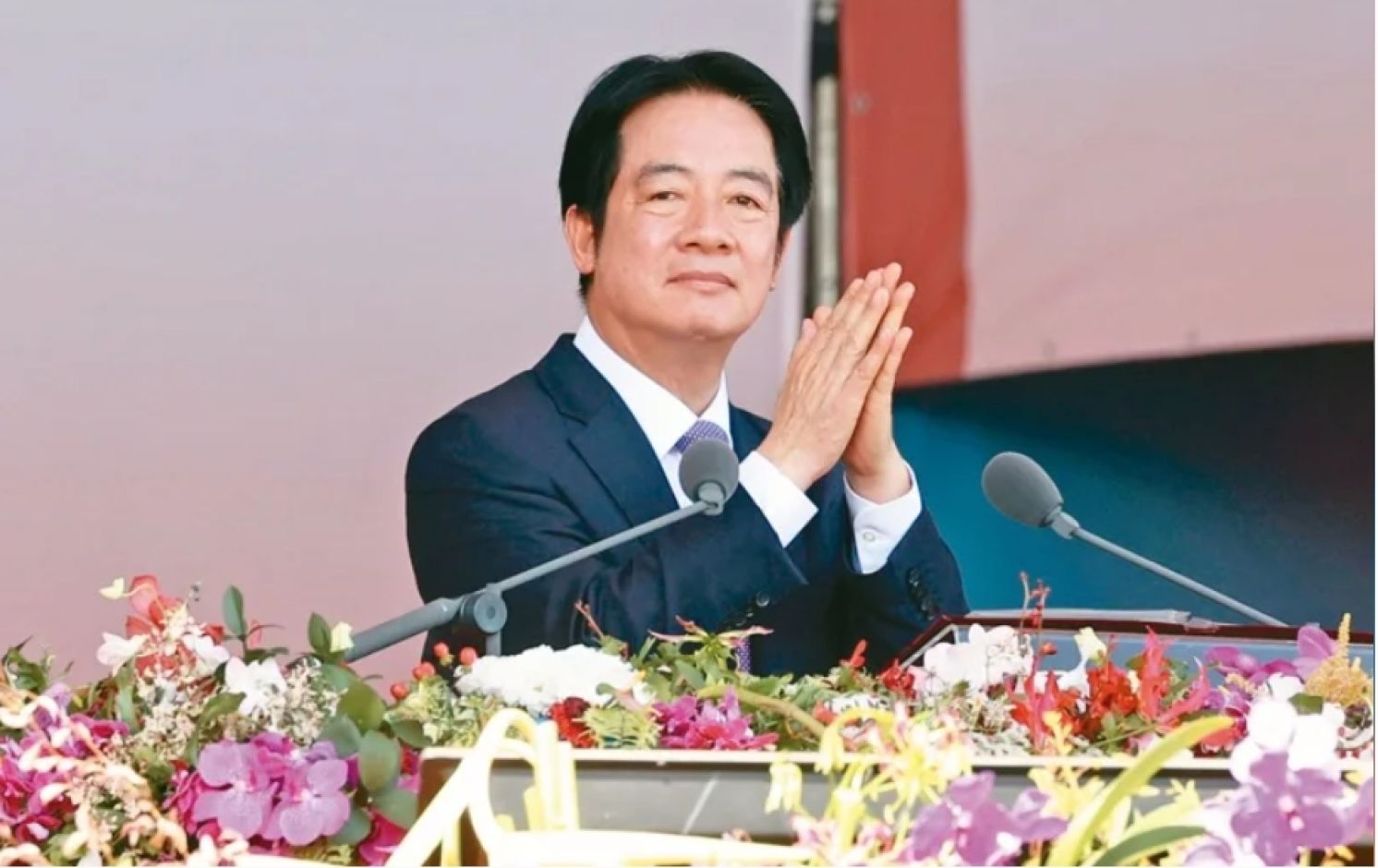
"T-Dome" Contradicts Current Asymmetric Defense Strategy
United Daily News Commentary, October 12, 2025
In his National Day address, President Lai Ching-te highlighted a pledge to propose a special defense budget to accelerate construction of a national air-defense system dubbed the “Taiwan Shield” (T-Dome). The announcement—one of the few notable points in an otherwise detail-heavy speech—dominated headlines the following day.
The phrase “T-Dome” had not appeared in military documents or prior official statements. In the run up to National Day, senior officials reportedly briefed foreign correspondents in an apparent effort to seed the idea publicly; the president’s speech then gave the concept formal exposure. Critics immediately questioned the initiative as a sudden, headline-driven move. The Office of the President and Ministry of National Defense responded that the plan aligns with ongoing policy.
Public records, budget documents and official statements indicate Taiwan has steadily emphasized strengthening air-defense missile capabilities in recent years. Plans include expanding Patriot and Sky Bow forces to four battalions each, with a fourth Patriot battalion to be equipped with extended-range PAC-3 MSE interceptors to enhance missile-interception probability. The Sky Bow family is slated to receive a high-altitude variant comparable to the U.S. THAAD or Israel’s Arrow-2. For short-to-medium range coverage, large NASAMS acquisitions from the United States are expected to feature prominently in any special budget. Taiwan also plans to procure an Integrated Battle Command System (IBCS) to fuse data across air-defense and missile-defense assets and improve joint engagement capability.
Many of these procurements predate the current administration; for example, Patriot purchases trace back to budget lines established in 2007. Nevertheless, advisers in the Presidential Office and National Security Council appear to have adopted “Dome” branding—mirroring Israel and U.S. programs—and appended “Taiwan” to emphasize domestic ownership.
Technically, however, even U.S. and Israeli “Dome” systems cannot erect a literal protective roof over an entire country. Anti-missile defenses can only engage within limited engagement angles and therefore must prioritize protection of critical military and economic nodes. Missile-defense architectures create multiple, discrete protective bubbles; scaling those bubbles increases coverage only incrementally. Significant swaths of populated territory may remain outside defended zones.
Two core constraints explain this limitation: technology and cost. Intercepting high-speed incoming missiles requires highly accurate interceptors and sophisticated sensors — technologies that are more advanced and costly than the threats they counter. Operational doctrine generally reserves interceptor launches for projected strikes against extremely high-value targets; if an incoming missile is assessed not to threaten those assets, defenders may hold fire, accepting the risk of land impact and attendant casualties.
Strategically, Taiwan has long pursued an asymmetric defense posture designed to offset Communist China’s quantitative superiority with cost-imposing, agile capabilities. Observers warn that prioritizing a defensive “shield”—a passive protector—may run counter to asymmetric logic. Building and operating a nationwide-scale shield could be orders of magnitude more expensive than investing in offensive, deterrent capabilities. Regardless of whether T-Dome proves effective in combat, critics argue the program risks being undermined first by fiscal constraints.